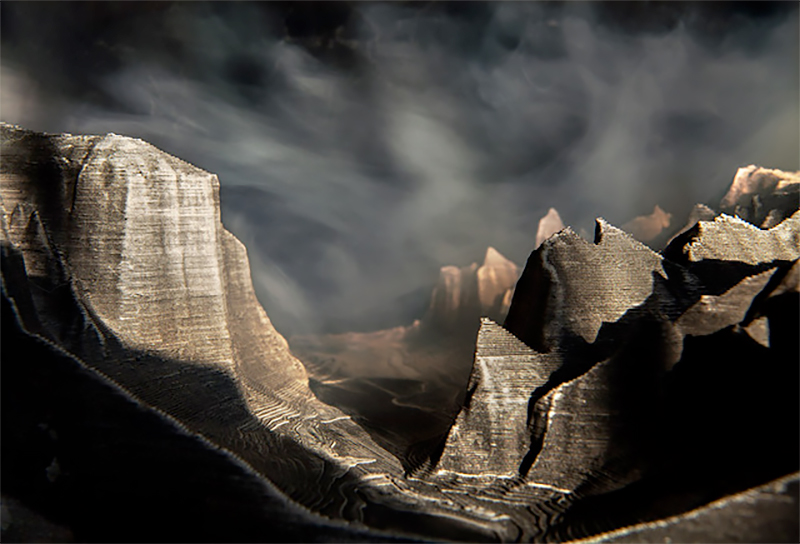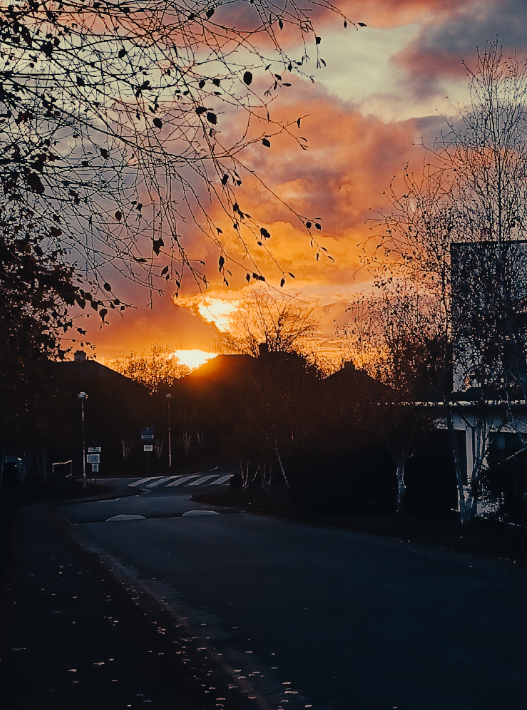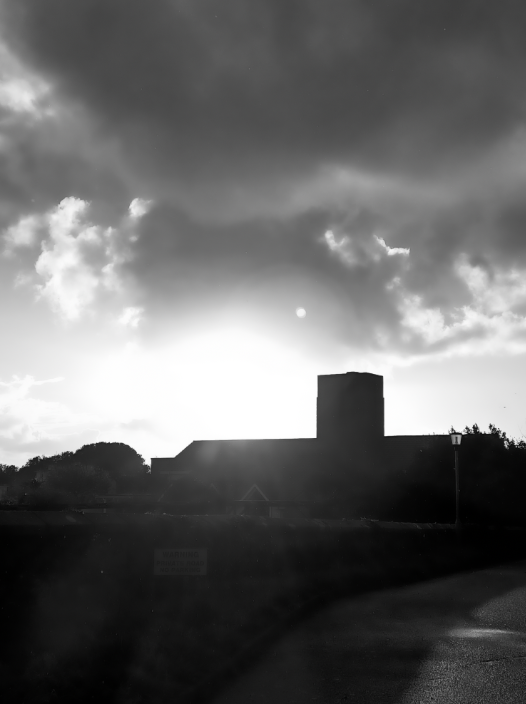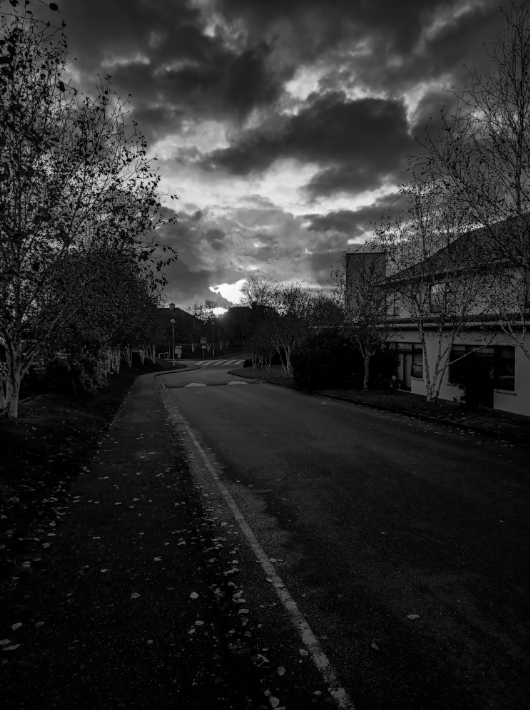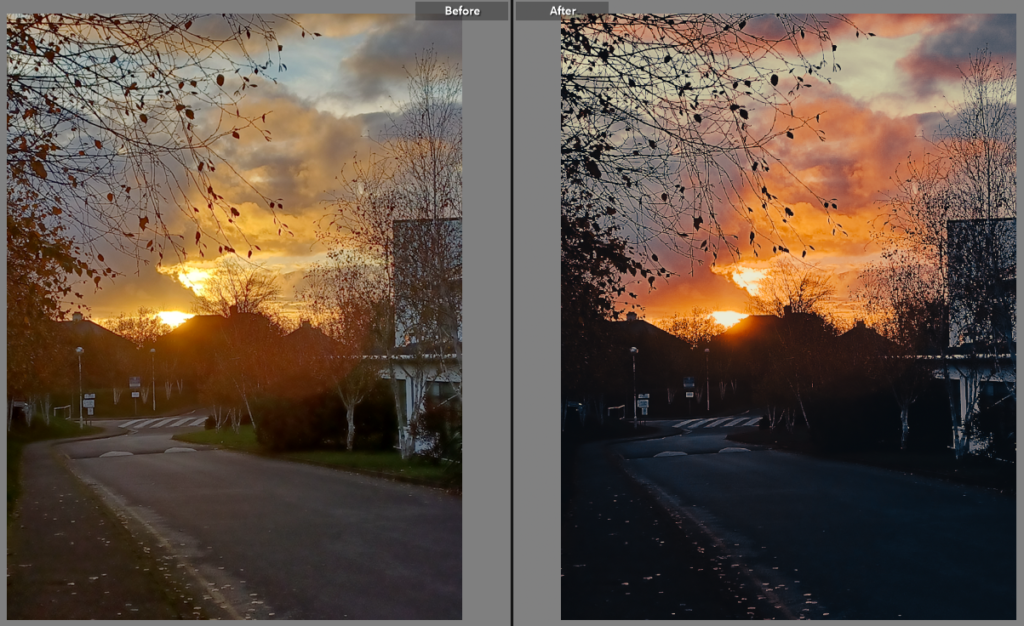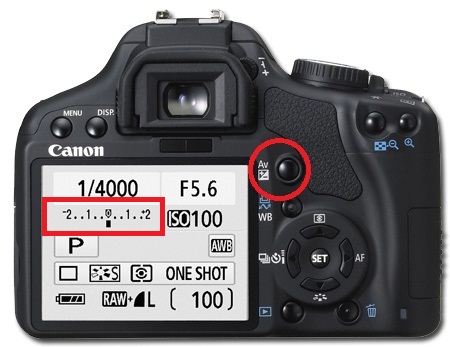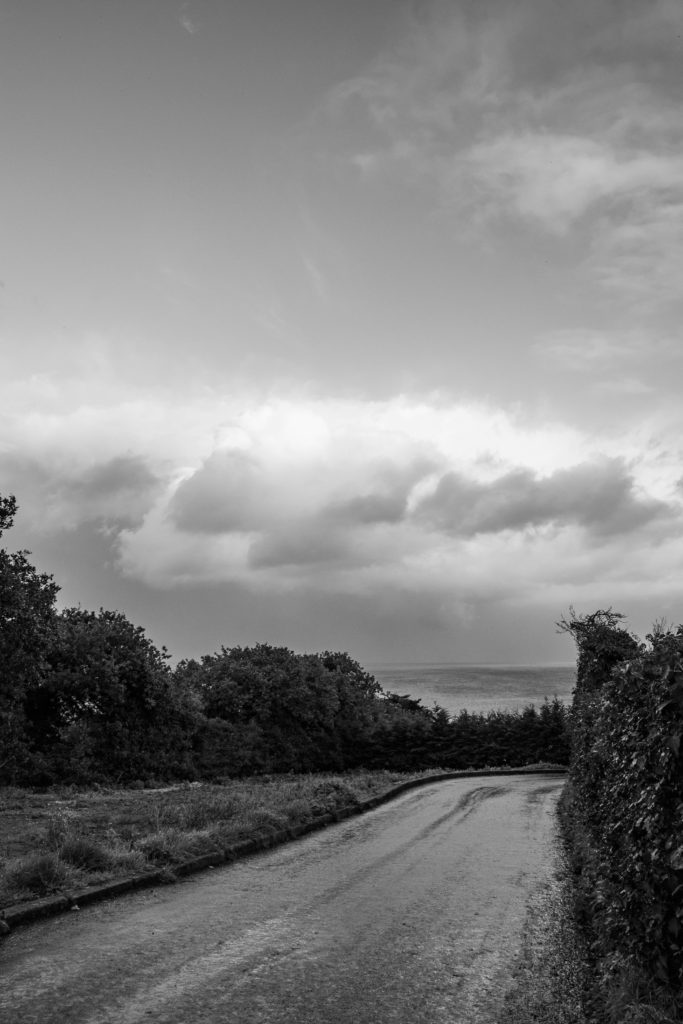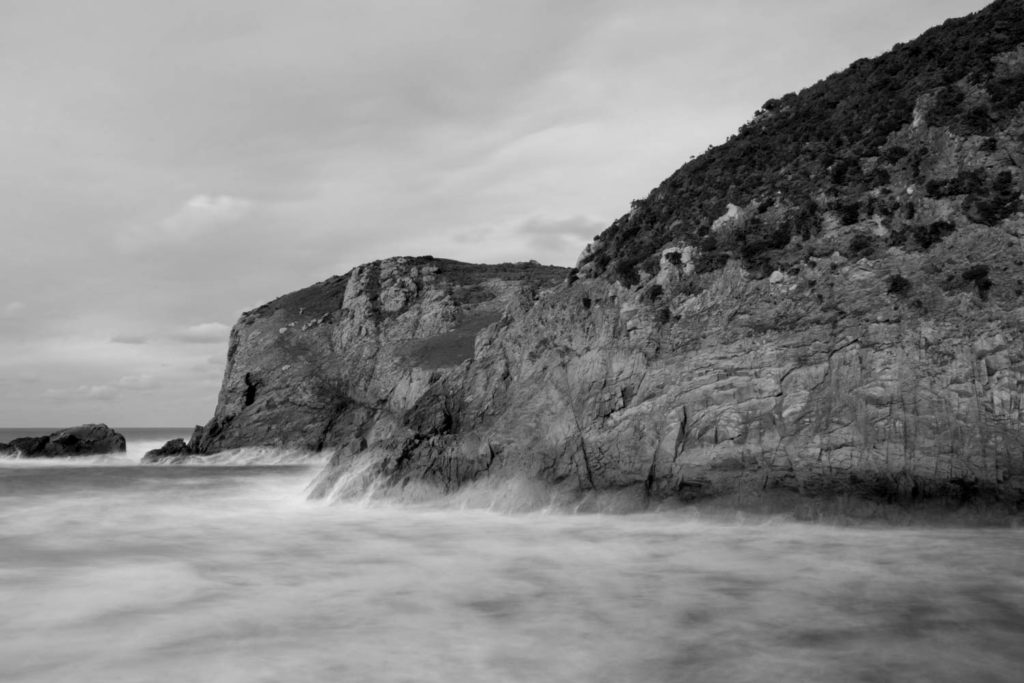Edits
In this image, I lowered the exposure and the shadows, while increasing he saturation, highlights and contrast to make the image more vibrant and lively.
For this picture , I changed the colour to be in black and white by lowering the saturation. This gave the clouds a more dramatic look. I also increased the contrast and lowered the exposure to make the lighter parts of the image stand out.
In this edit, the vibrancy was increased while decreasing the white and black tones of the picture, giving off a more dramatic mood to the image.
Here I aimed to give the photo a lighter and more up beat mood. I did this by increasing the saturation and contrast as well as the white tones and highlights. To make the greenery stand out more I also darkened the shadows and black tones.
In this edit, I liked the original picture but wanted it to stand out more. To do this I improved the clarity and vibrancy of the image while only slightly raising the contrast.
To make this image lighter than the original, I increased the saturation and decreased the white and black tones while also adding some grain to image.
I increased the vibrancy and saturation while decreasing the black tones in the picture to make the sky look brighter and give off a more eye catching effect.
Here, I decreased the saturation to make the image black and white to make the tones more noticeable. While I did like the orange in the original image I preferer the more dramatic appearance of the black and white.
For this photo, I increased the contrast, highlights, white tones, clarity, vibrancy and saturation to make the sky more vibrant and blended, while decreasing exposure, shadows, black tones, texture and dehaze to make the greenery into a silhouette.
In this image, I increased the contrast, highlights, clarity and white tones of the image to make the lighter tones more prominent, all while lowering the exposure, shadows and black tones to give the photo more depth.
This image was turned to black and white and had the exposure lowered. The texture was also decreased making it seem more smooth and blended.
For this edit, I added a purple tint to the picture to make the clouds stand out more against the blue sky. I also decreased the exposure while raising the texture making the grass appear more prominent.
With this image, I wanted to make the sun stand out more, to do this I lowered the exposure and increased the contrast and clarity. This made the building more shadowed and gave the photo more warmth.
To this image I changed it to be black and white to make the shades of the photo stand out. I also cropped the photograph to make it more focused and central. Additionally, I rose the contrast and clarity to make the clouds stand out.
With this image, I lowered the exposure and increase the contrast and vibrancy to make the sun the main focus of the picture. I also made the caravan more exposed to make it stand out against the dark background.
In this picture I decreased the exposure and increased the contrast and clarity to make the light from the sun stand out more.
In this edit, I turned the picture into black and white to make the picture more dramatic while also decreasing the exposure and white tones in it and increased the clarity to make the clouds the main view point of the image.
Here, I lowered the exposure while increasing the contrast to the colour of the orange pop out more. I also increased the vibrancy and saturation of the image to make it a deeper colour than the original.
In this picture I wanted to make the clouds stand out more. To do this I decreased the exposure and white tones of the image and increased the highlights and saturation.
In this photo, I wanted to try and gain a more autumn vibe than the original, to accomplish this I changed the tint of the image to a more orange one and lowered the exposure while increasing the contrast. This made the shade of the photo to be much darker while also increasing the darkness of the shadows.



